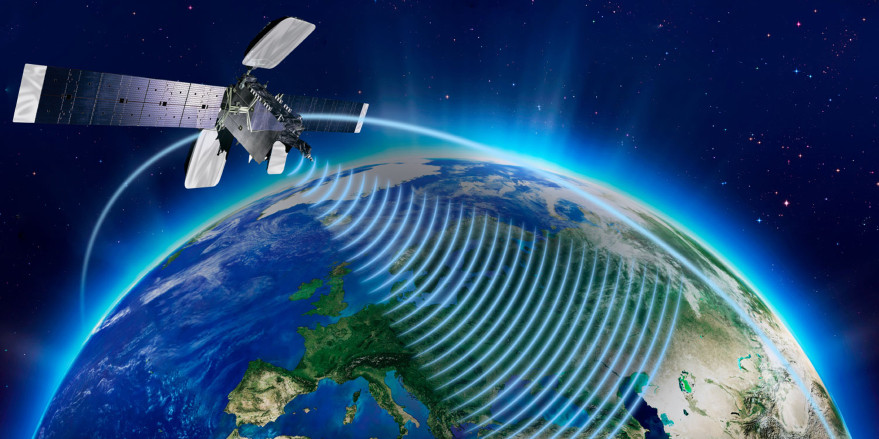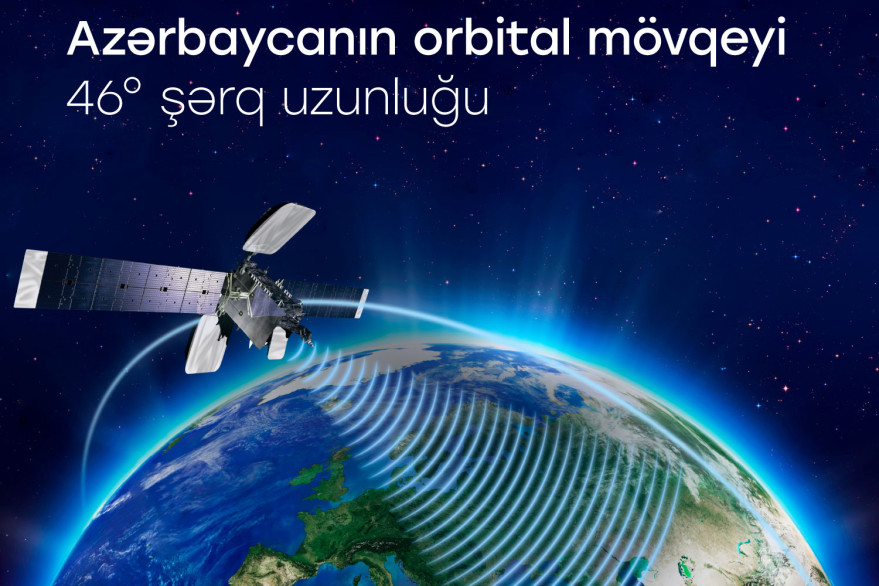Azerbaijan has its orbital position in space now

The management of the C and Ku frequency bands served by the Azerspace-1 satellite at the orbital position of 46°E (east longitude) has been registered in the name of the Government of Azerbaijan. The registration has been approved by the International Telecommunication Union (ITU).
As is known, the Azerspace-1 telecoms satellite, launched in 2013 and located at the orbital position of 46°E, operated in the C and Ku frequency bands of the orbital position belonging to the administration of Malaysia. The transfer of these bands to the name of Azerbaijan means that the Azerspace-1 satellite no longer belongs to Malaysia, it is operated in the unique orbit of Azerbaijan.
Activities to transfer the 46°E orbital position to Azerbaijan began on 8 December 2020 with the submission of the necessary documents to ITU. Although the achievement of the orbital position in the world practice covers a seven-year period of activity, this process was completed within three years by Azerbaijani specialists in this field. During this period, the Azerbaijani side successfully completed negotiations on the coordination of 265 satellite networks of 34 countries and reached relevant agreements.
It should be noted that the 46°E orbital position is the first and only orbital position Azerbaijan has in the geostationary belt. This will enable Azerbaijan to place its telecommunication satellites in a unique orbital position, i.e. at 46° east longitude, without depending on any state.
The geostationary belt is located about 36,000 kilometres above the equator and has become a restricted area for telecommunications, broadcasting and weather forecasting satellites. The main significance of this altitude is that satellites here rotate at the same speed as the Earth’s surface.
Thanks to this, both satellite operators and customers, as well as those who watch TV and listen to the radio from home via satellite, will be able to receive a continuous signal from the satellite by keeping their antennas directed to one point. States formally apply to ITU for the use of vacant orbital positions in the geostationary belt, either by themselves or by private companies that have applied to them.
The satellites to be located in these positions are currently being assembled or awaiting launch. When a satellite in the geostationary space reaches the end of its 15-20 year service life, the country that owns the orbital position has the option of replacing the satellite at that position. This regulatory principle actually allows countries to maintain their positions indefinitely.
A country that has newly joined the space club for the first time cannot easily put a satellite into geostationary orbit. To do so, it needs to coordinate its chosen orbital position with countries that own other orbital positions.
As a result, among countries with limited resources such as the geostationary belt, Azerbaijan already has a say due to its unique orbital position.

